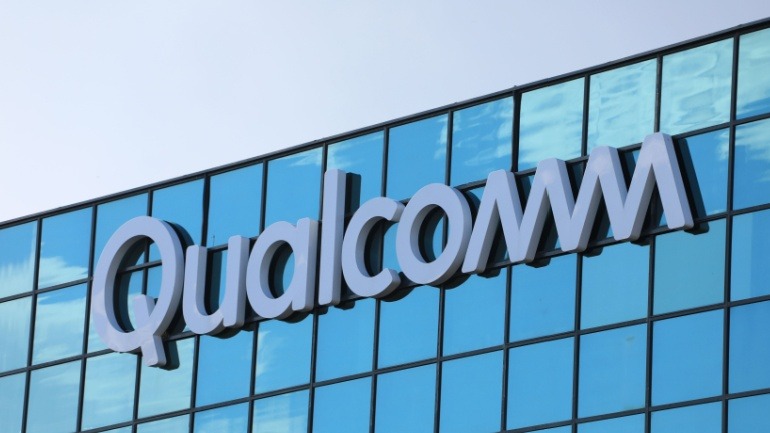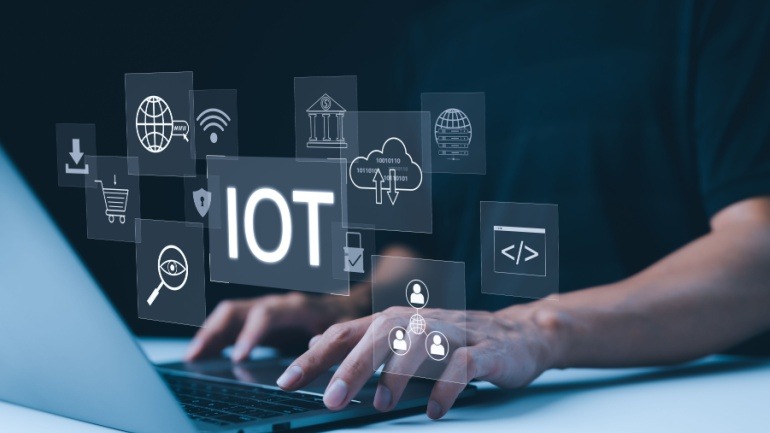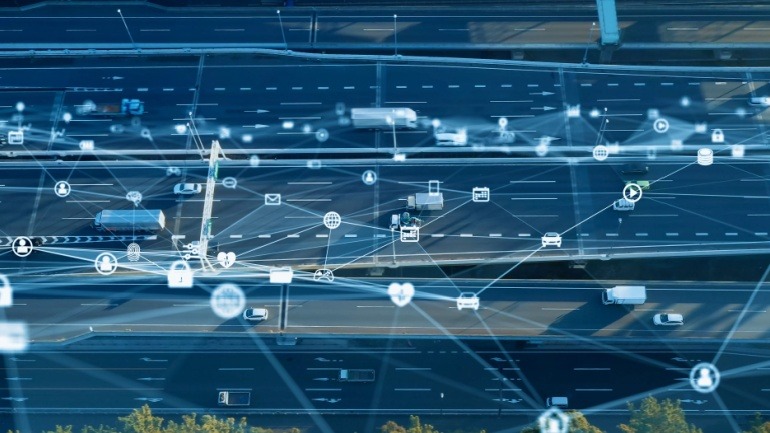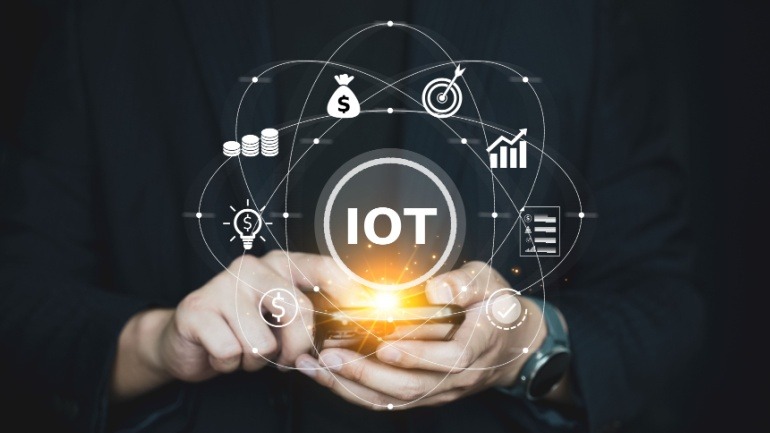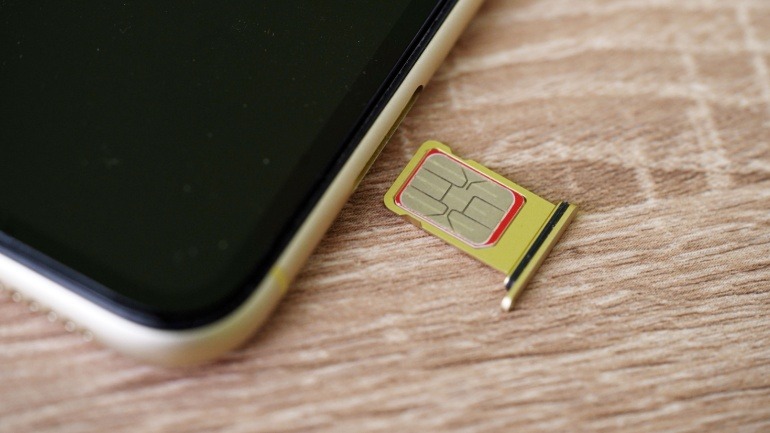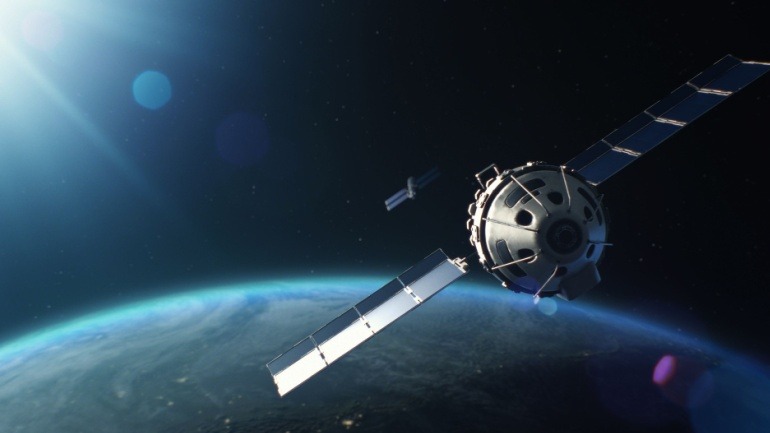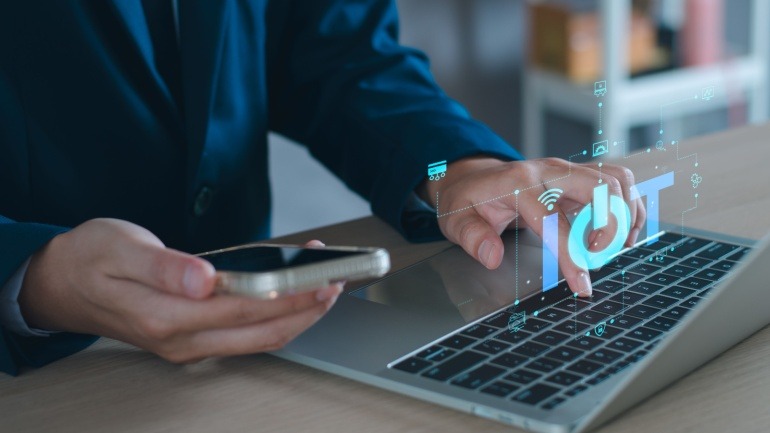Qualcomm is diversifying beyond mobile handsets, targeting $22 billion annual revenue from automotive and IoT by FY29.
Discover how the cutting-edge collaboration between Vodafone and Oracle is revolutionizing IoT connectivity. By merging Vodafone’s expansive global reach with Oracle’s cloud expertise, businesses gain access to seamless, secure communication solutions.
Netmore and Cellnex UK are transforming IoT network coverage with LoRaWAN gateways on 200 street poles, enhancing connectivity for smart water meters. Netmore’s partnership with Yorkshire Water aims to replace 1.3 million meters, benefiting 360,000 households.
Kia India and Airtel Business have partnered to integrate IoT technology into Kia’s connected vehicles in India. Leveraging Airtel’s eSIM and IoT Hub, the collaboration enhances telematics, infotainment, and safety.
Qualcomm Technologies and STMicroelectronics are set to revolutionize industrial IoT applications with an integrated Wi-Fi/Bluetooth/Thread SoC and STM32 microcontroller combo. These joint offerings aim to streamline development, enhancing seamless connectivity and edge AI on STM32 MCUs.
Britvic has partnered with IoT provider Wireless Logic to implement telemetry data from its new digital flavour taps, enhancing logistics and sustainability. These taps replace up to 10,000 single-use plastic bottles, connecting directly to Britvic’s AWS cloud for real-time insights. This move aligns with Britvic’s Beyond the Bottle initiative.
Vodafone and Kigen have introduced an integrated iSIM service, revolutionizing IoT deployments. This initiative incorporates iSIM chipsets into Kigen’s security package, providing pre-loaded iSIM connectivity optimized for Vodafone’s LPWA networks like NB-IoT and LTE-M.
Barcelona-based satellite IoT provider Sateliot has secured €10 million in a Series B funding round led by Global Portfolio Investments. This investment will enhance Sateliot’s NB-IoT constellation, aiming for 100 satellites by 2028. The company plans to offer real-time global coverage, targeting sectors like agriculture, industry, and logistics.
China’s Ministry of Industry and Information Technology is propelling the mobile Internet of Things (IoT) sector with a robust plan to enhance supply chains, foster innovation, and boost industrial value. This strategy targets intelligent vehicles, healthcare, and smart homes, aiming to achieve 3.6 billion mobile IoT connections by 2027.
Swiss IoT module maker u-blox and UK-based Wireless Logic have partnered to revolutionize IoT connectivity. Integrating Wireless Logic’s Conexa network with u-blox’s cellular IoT modules enables optimal coverage, seamless scalability, and robust performance. This strategic alliance promises enhanced control, faster time-to-market, and unprecedented flexibility for industries like automotive, healthcare, and smart cities.



